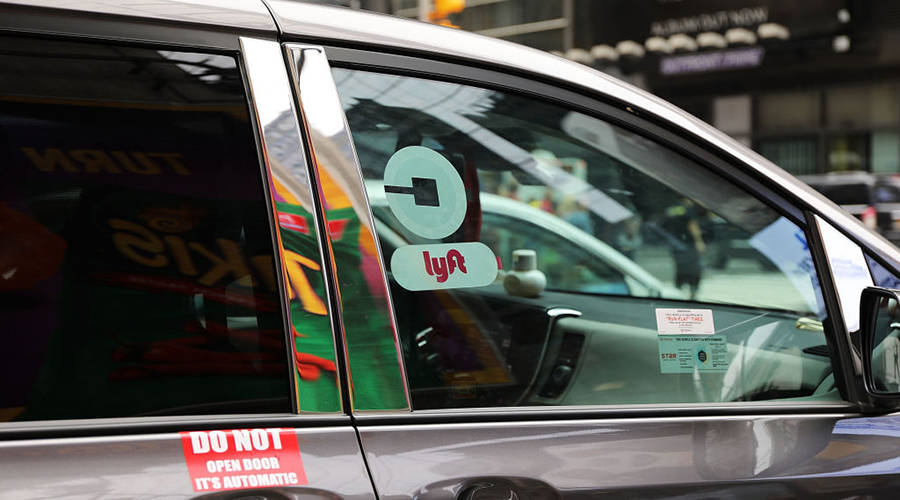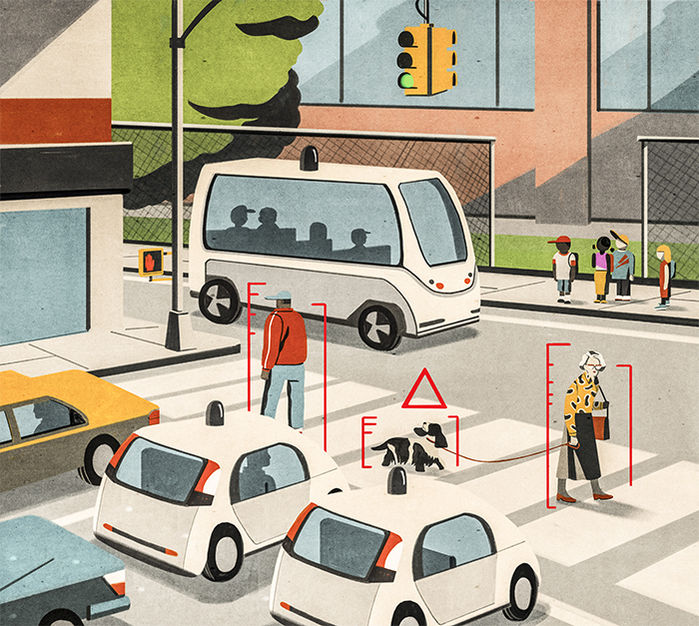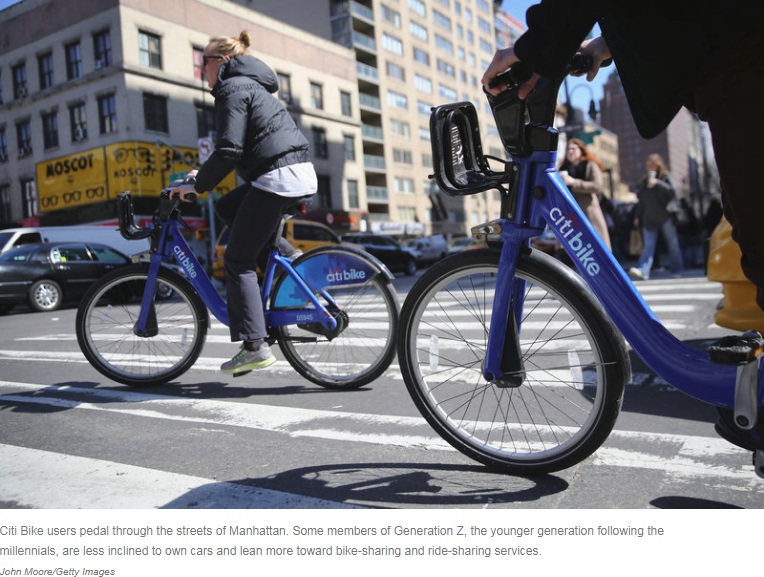
by Innovative Mobility Research | May 29, 2020 |
Susan Shaheen May 2020 Sharing rides is a longstanding tradition that predates even horse-and-buggy travel. Recent innovations, however, make sharing a ride easier, more convenient, and more efficient. Innovative mobility services premised on pooling — getting multiple riders into the same vehicle — can lower travel costs, mitigate congestion, and reduce greenhouse gas emissions. They also offer travelers more mobility choices between the traditional bookends of auto ownership and public transit. The motivations for pooling are simple. There are economic incentives. Cars are among the most underused capital assets in our economy, sitting empty 95 percent of the time and usually carrying only one person the rest of the time. If cars were used more often, and if they carried two, three, or four passengers, their cost per rider, and per hour, would drop dramatically. But the benefits of pooling go well beyond cheaper mobility. If the car is carrying many people who might otherwise drive themselves, sharing can result in fewer vehicles on the road, which means less air pollution and energy use and fewer greenhouse gas (GHG) emissions and parking spaces. With more than 1 billion cars and light trucks in the world, the potential for major reductions in pollution and GHGs is huge — in the United States and most other countries. We know that technologically, a future with many shared rides is now possible. What we don’t know is whether and under what conditions people will be willing to make that transition. Thinking about this possibility requires… Read full article...

by Innovative Mobility Research | Oct 22, 2018 |
Emma Jacobs Oct 18, 2018 Uber and Lyft already compete in ride-hailing, ride-sharing, bike-sharing and e-scooters. Next year, they’ll be competing for investors, too: Both companies are reportedly planning initial public offerings for early 2019. For years, the companies have subsidized rides to keep costs low for customers. That fueled their growth, which in turn pumped up their expected valuations: as much as $120 billion for Uber and $20 billion or more for Lyft. But thanks to those subsidies, neither company is profitable. “Frankly, it will probably be a fairly long road before they are,” said Jeff Schuster, president of Americas operation and global vehicle forecasting at LMC Automotive. So the hype around these IPOs “has to be about prospects for a very different model for the future.” In that model, fewer people would own their own cars and would instead rely on a range of on-demand transportation options, especially self-driving vehicles… Read the full article...

by Innovative Mobility Research | Jan 4, 2018 |
Dec. 14, 2017 By: JEFFREY MERVIS The automakers and high-tech companies spending billions of dollars on developing self-driving cars and trucks tout the idea that autonomous vehicles (AVs) will help create a safer, cleaner, and more mobile society. Politicians aren’t far behind in their enthusiasm for the new technology. “This is probably the biggest thing to hit the auto industry since the first car came off the assembly line,” Senator Gary Peters (D–MI) told a cheering audience of researchers and executives at a recent computing conference in Washington, D.C. “It will not only completely revolutionize the way we get around, but [AVs] also have the potential to save hundreds of thousands of lives each year.” Such predictions, however, turn out to be based on surprisingly little research. While developers amass data on the sensors and algorithms that allow cars to drive themselves, research on the social, economic, and environmental effects of AVs is sparse. Truly autonomous driving is still decades away, according to most transportation experts. And because it’s hard to study something that doesn’t yet exist, the void has been filled by speculation—and starkly contrasting visions of the future. “The current conversation … falls into what I call the utopian and dystopian views,” says Susan Shaheen, co-director of the Transportation Sustainability Research Center at the University of California (UC), Berkeley. In the utopian view, she says, fleets of cheap, accessible AVs offer rides at the tap of a screen. Their ubiquity expands transportation options for everyone. Once AVs are commonplace, traffic accidents become a thing of the past, and enlightened government regulatory policies result in fewer traffic jams...

by Innovative Mobility Research | Dec 8, 2017 |
December 8, 2017 By: NATALIE BETTENDORF Sheryl Connelly has a crazy job. She’s in charge of looking into the future for Ford Motor Co. The automaker is trying to predict how people my age — from Generation Z — will use cars. “I have two Gen Zers at home,” Connelly says. “So my 16-year-old daughter is thrilled, actually. Her car is ready to go. As soon as she has her license, it’s in the driveway. And so she sits in her car and she listens to the radio and she loves her car.” That’s definitely not me. I’m 18 and I don’t want a car. I am from the San Francisco Bay Area. I take buses and trains. I bike, and when I need a car, I use Lyft. Connelly says Gen Z is a game changer. “They don’t really care about ownership,” she says. “They don’t necessarily see that their vehicle is going to be a status symbol. In fact, they’re really savvy customers and can be quite frugal.” Read the rest of the article...

by Innovative Mobility Research | Oct 13, 2017 |
By: Susan Shaheen 11 October 2017 In recent years, a variety of social and economic forces coupled with advancements in technology have quickly given rise to shared mobility. Shared mobility—the shared use of a vehicle, bicycle, or other low-speed travel mode—is an innovative transportation strategy that enables users to have short-term access to a mode of transportation on an as-needed basis. Technological, mobility, and societal trends are having a transformative effect on cities. The growth of cloud computing, location-based services, mobile technologies, big data, and advanced algorithms are enabling the commodification of passenger mobility. The growth of shared mobility has become part of a trend that has pushed it from the fringe to the mainstream. Read the rest of the article...






